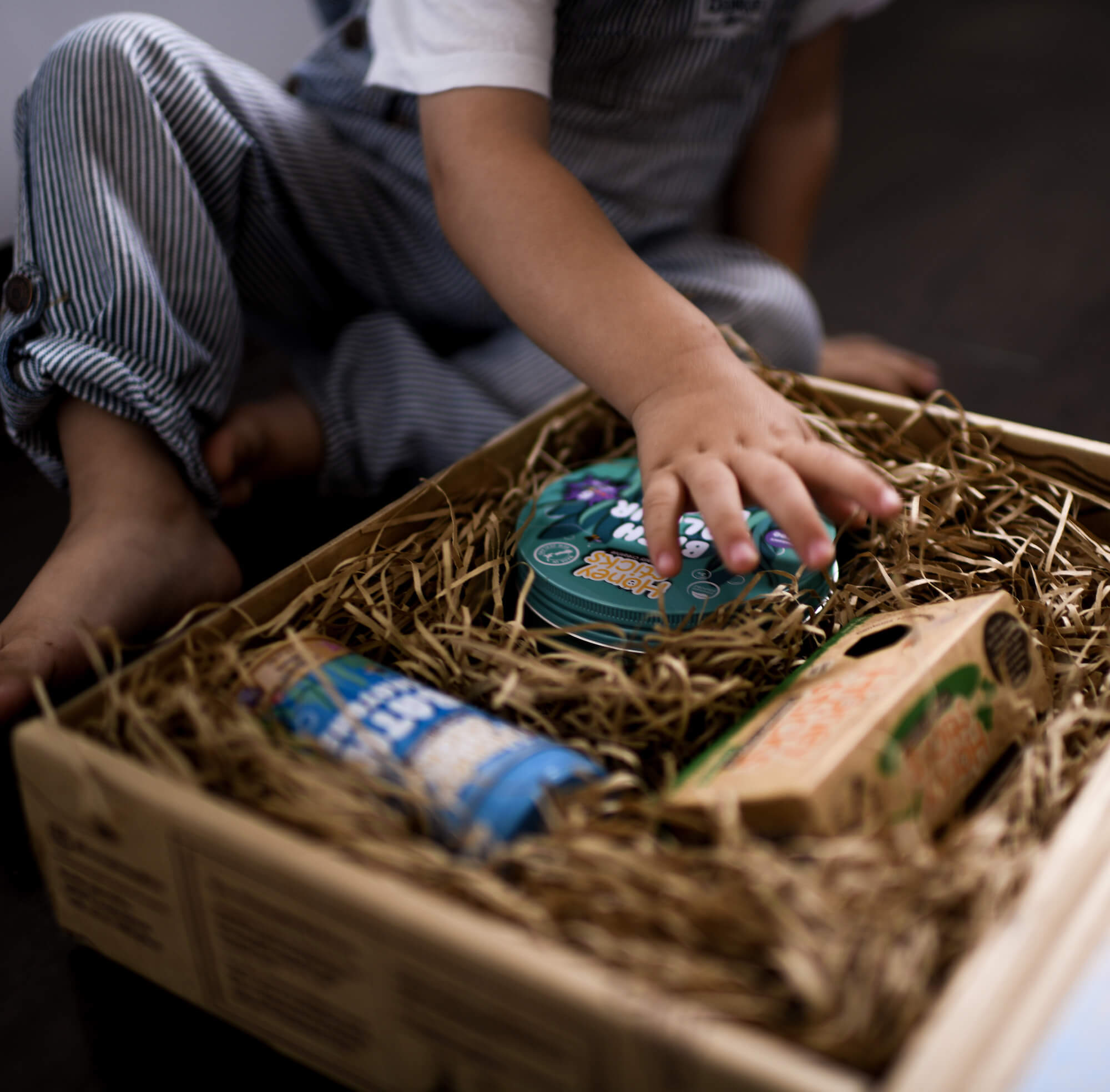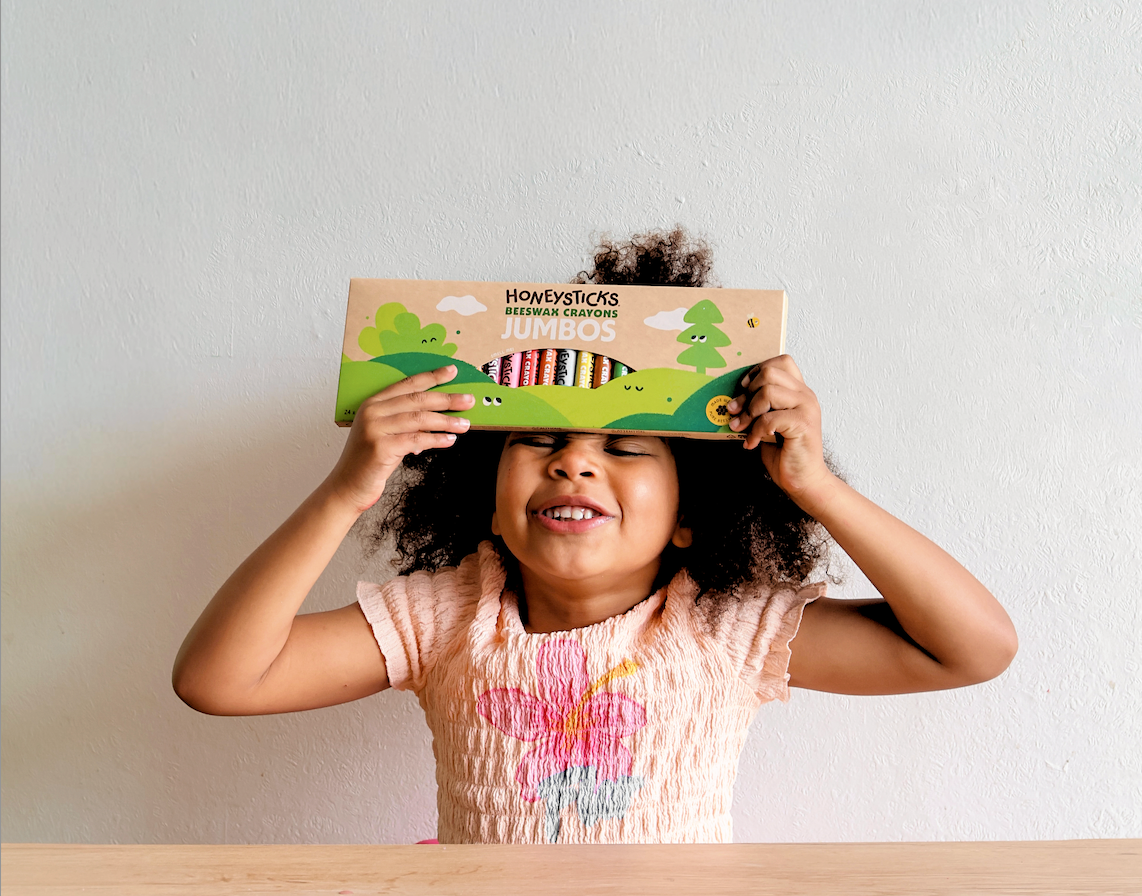Plastic Free July is upon us once more. But what exactly is Plastic Free July all about and how does it play into our everyday lives at home? If doing your part for the environment is something you want to incorporate at home and engage in with your children, we have all the tips to help you on your way.

What Is Plastic Free July?
Plastic Free July began in 2011 as an initiative of Australian activist Rebecca Prince-Ruiz. It has grown into a global initiative that encourages people to be part of the plastic waste solution. During the month of July, single-use plastics are especially discouraged and a range of resources provided by Plastic Free July are available to help individuals and businesses achieve this. The aim is to introduce new habits that extend well beyond the month of July.
Why Should You Reduce Plastic In Your Home?
Globally, plastic has become an enormous issue. From its widespread introduction in the late 1950s and early 1960s - plastic revolutionised how we live. This is particularly true in the home where lunchboxes, containers for leftovers and storing food and cling-wrap has become the norm.
Worryingly, statistics from Australia show that in the year 2018-19, 47% of all plastic waste came from households. This is compared with around 15% generated by manufacturing. Only 9% of this plastic waste was recycled, with around 84% being sent to landfill and yet more ending up in our oceans.
This plastic sits in landfill, taking hundreds of years to break down. Leaching chemicals into the soil and eventually turning into microplastics which are easily washed into waterways and consumed by aquatic life. It is estimated that annually, across the globe, we each consume a credit card sized amount of plastic simply through ingesting microplastics in our food.
Horrifying, right? With so much plastic coming from our homes, it is the ideal place to start efforts towards eliminating plastic waste and creating a healthier future for our planet and our children.
Where Can You Make The Most Impact?
If all those statistics make you feel a little overwhelmed, you’re not alone, it can be hard to know where to begin! We suggest picking from one of three places in your home to start, either the kitchen, laundry or bathroom where the majority of plastics are found. Common single-use plastics found in the home include shopping bags, food packaging, cling-film, laundry detergent bottles and scoops, toothbrushes, snap-lock sandwich bags, shampoo and conditioner bottles and more.
Simple Swaps Towards A Plastic Free Future
The good news is that for virtually all of these items, there are more sustainable, multi-use options. Consider the following swaps for these everyday items:
- Switch shopping bags for reusable ones.
- Ditch cling-film/saran wrap for beeswax, silicone wraps or a compostable alternative.
- Instead of plastic heavy snap-lock sandwich bags, choose reusable silicone ones or a compostable variety.
- Swap your shampoo and conditioner bottles for waste-free shampoo and conditioner bars, or start to use your local refillery.
- For laundry detergent bottles and scoops, consider using non-toxic, plant-based detergent sheets or pods that come in cardboard packaging.
- Use bamboo toothbrushes or those that are made from corn-starch based biodegradable plastic
What To Do When Plastic Is Unavoidable?
So, what about that pesky food packaging that can't be readily avoided? Check carefully for recycling symbols and place what you can in your curb side recycling program. For soft plastics that cannot be recycled in this way, check with your local council to see whether they have a recycling drop off point for these.

How To Get Your Kids Involved
Aside from modelling mindfulness around plastic, how can you encourage your children to do the same? Here are ten easy ways to include your children in the conversation and encourage less waste.
- Have them use and refill their water bottle rather than purchase one while out.
- Encourage them to choose toys made of sustainable, natural materials. For example, our Honeysticks Crayons are made with 100% natural beeswax and comes in a 100% recycled cardboard box.
- Teach them to say no to straws when dining out or have them bring along a reusable straw.
- Ensure there are plenty of plastic-free snacks to enjoy such as fruit - which comes with its very own compostable wrapping.
- Out for ice cream? Choose a cone over a cup and ditch the plastic cup and spoon.
- Have a crafting afternoon and make paper decorations and cards for parties and say goodbye to balloons.
- Choose paper bags for party favours and gifts. Make some delicious homemade treats together for favours and gifts to avoid plastic-wrapped sweets.
- Make simple reusable, washable sandwich bags from old fabric offcuts. The perfect rainy day activity.
- Create a recycling image board to go above the bin using old magazine cutouts and cardboard. This helps kids learn what can be recycled and is a fun way to brighten up your recycling/bin station at home.
- Take three for the sea and pick up rubbish wherever you see it. Enjoying a day at the beach? Why not set a task to each collect three pieces of rubbish to put in the bin? Carry this on to any outdoor space you visit and make it a game to see who can find the first/biggest piece of plastic to throw away. (always supervise to ensure safety)
Of course, the main thing is to keep it fun and encourage any behaviour you see around being environmentally conscious. We will all make mistakes along the way in our efforts to reduce plastics, the important thing is to keep on trying.

What are Honeysticks Doing to Reduce Our Impact?
At Honeysticks our mission is to create products that are safer for kids whilst also being gentle on the planet. As part of this mission, we only use packaging for our products that is either recyclable, reusable or biodegradable. We don’t use any plastic for shipping our products and when our warehouse does not have this option – we supply them with biodegradable mailers to use.

Honeysticks source our raw materials sustainably and ethically, ensuring our suppliers also have sustainable practices in place! We work with our suppliers to limit the amount of plastic that comes through our doors and all of our soft plastics and cardboard are recycled. We re-use or re-home any materials that we can't avoid being delivered, such as plastic pallets which are reused for international shipments and plastic barrels which are used as crayon storage.
We hope that this July, we can encourage you to join us on this mission to make different choices surrounding plastic in the home. If we all make small steps, we make a big impact.



